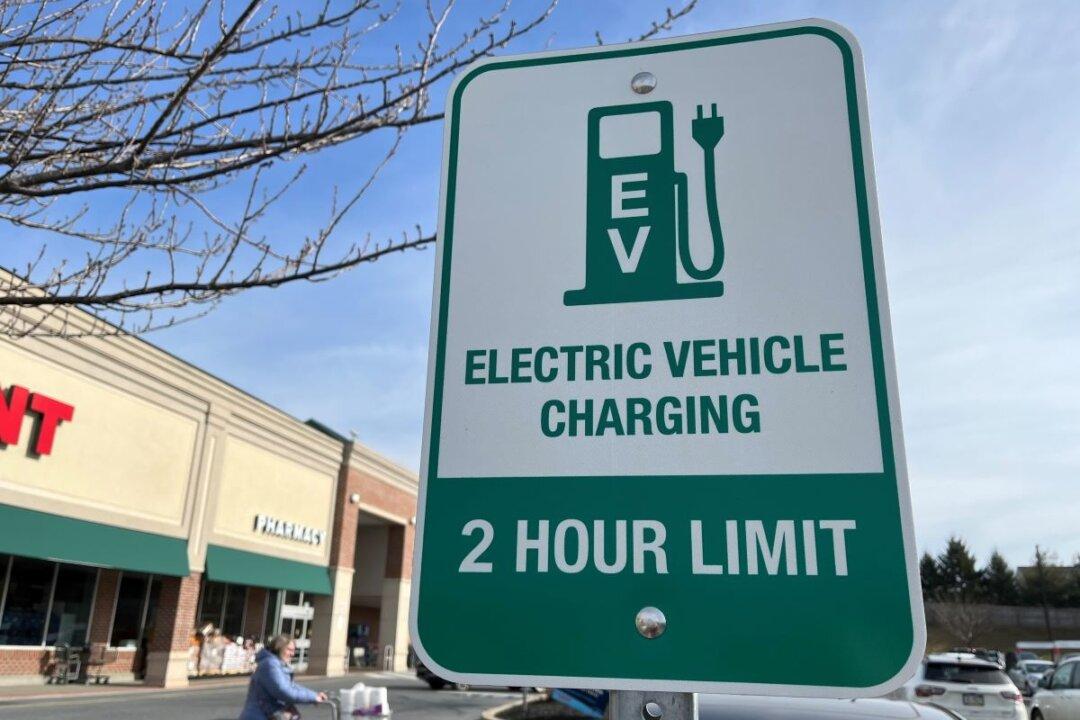When you charge a phone, turn on a television, or plug-in an electric vehicle, think of coal, gas, and nuclear; the three major fuels generating the power at your fingertips.
Consumers are told electricity is cleaner, and government regulations are forcing a transition into electric stoves, electric heating, and electric cars.





